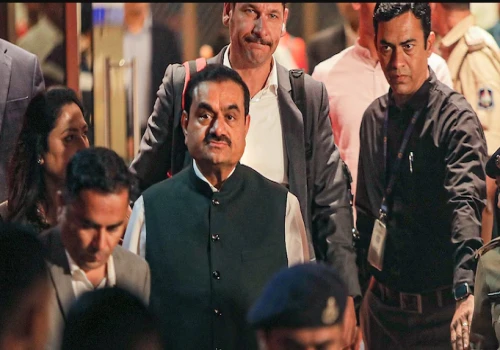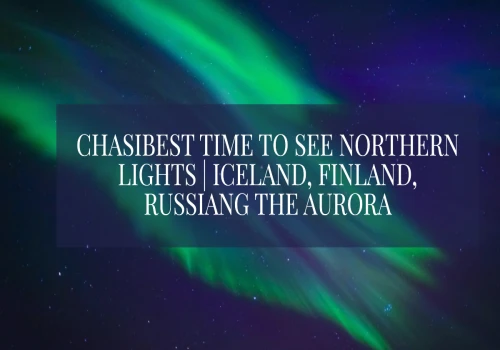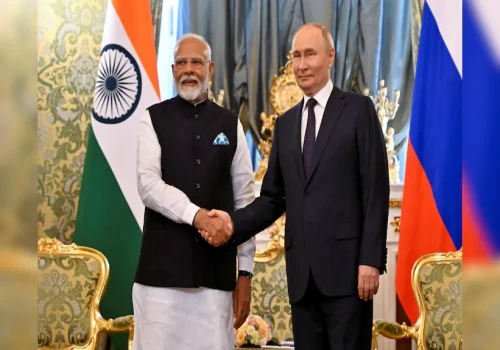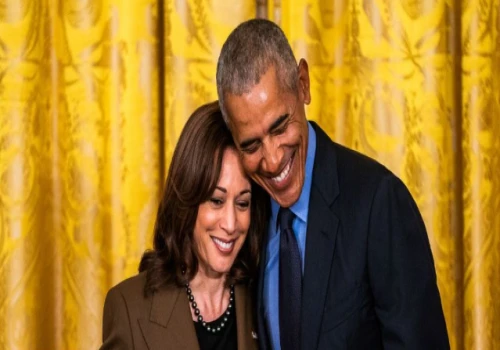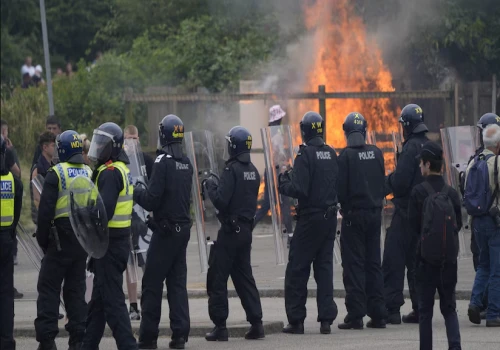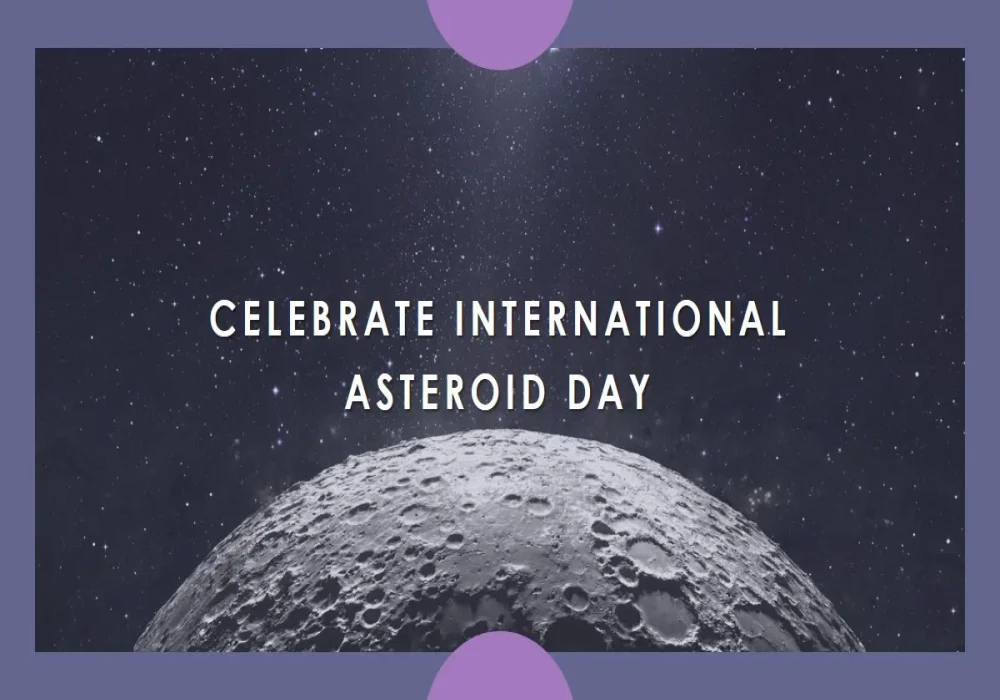
What is Asteroid Day?
Asteroid Day is on June 30th every year. It raises awareness about the dangers of asteroids and other objects that come close to Earth. The United Nations officially recognized this day in December 2016.
Why June 30th?
This date was chosen because of the Tunguska event, which happened on June 30, 1908, in Siberia, Russia. It was the largest recorded asteroid impact in recent history.
Goals of Asteroid Day
The main goals are:
- To educate people about the risks of asteroids
- To share information about global response plans for serious asteroid threats
- To encourage the study and tracking of asteroids
What are Near-Earth Objects?
Near-Earth objects (NEOs) are asteroids or comets that orbit close to Earth's path around the sun. Scientists have found over 16,000 NEOs. Most are not dangerous, but some could potentially hit Earth in the future.
Notable Asteroid Events
The Tunguska Event (1908):
On June 30, 1908, a big explosion over Tunguska, Siberia, flattened about 2,000 square kilometers of forest. Scientists believe this was caused by an asteroid or comet exploding in the atmosphere.
The Chelyabinsk Meteor (2013):
On February 15, 2013, a meteor about 18 meters wide entered Earth's atmosphere over Chelyabinsk, Russia. It exploded in the air, causing a bright flash and a powerful shock wave. This event injured over 1,600 people and damaged thousands of buildings.
Why Should We Care About Asteroids?
Asteroid impacts are rare but very dangerous. Even a small asteroid could cause major damage to a city or region. Larger impacts could have global consequences. By studying and tracking asteroids, we can:
- Identify potential threats early
- Develop plans to prevent impacts
- Learn more about the solar system
International Efforts to Address Asteroid Threats
Several organizations work together to monitor and plan for asteroid dangers:
- The United Nations Office for Outer Space Affairs (UNOOSA): Coordinates international efforts to address asteroid threats.
- The International Asteroid Warning Network (IAWN): Established in 2014, it detects hazardous NEOs, tracks their orbits, and provides warnings if a dangerous object is found.
- The Space Mission Planning Advisory Group (SMPAG): Works on identifying technologies to deflect asteroids and planning missions to protect Earth from impacts.





